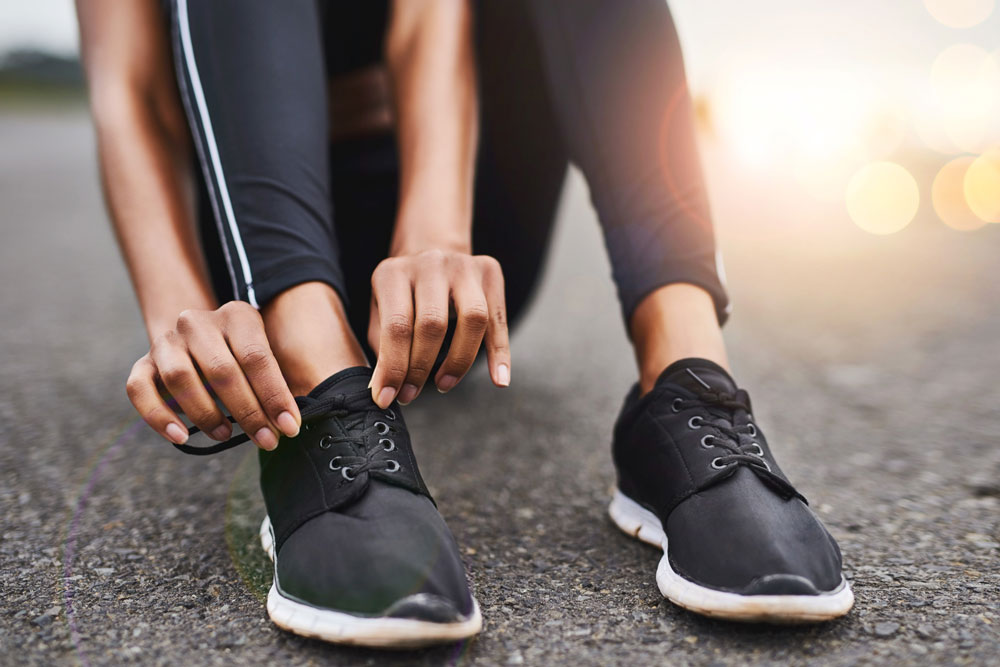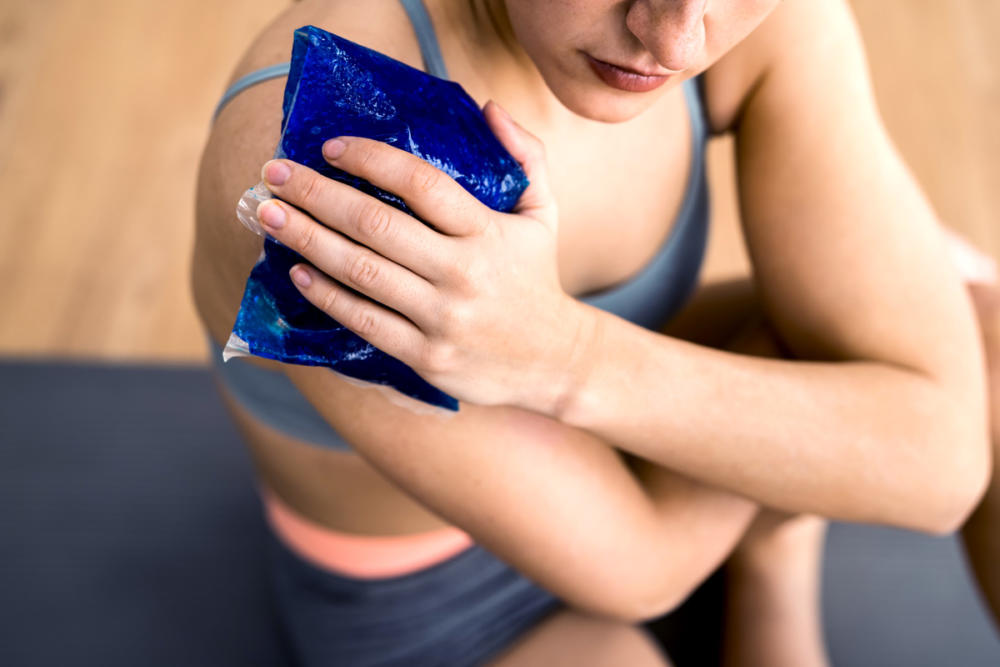In The Wizard of Oz, the Tin Man sang about his desire for a heart and the Scarecrow for a brain. They searched along the Yellow Brick Road to find their missing organs. As these two characters discovered, the answer to replacing or restoring biological tissues can be found within oneself.
In reality, stem cells and other biologically harvested materials are being explored as treatment options to regenerate impaired or nonfunctional human tissue. Regenerative therapy, while still experimental, is being used to treat conditions such as heart failure, neurological disorders (Parkinson’s disease, multiple sclerosis), orthopedic issues and even cancer.
There are many questions and concerns surrounding this fairly new and still controversial approach. My goal is to answer some of these questions for you: How does it work? Is it effective? What are the risks? How can physical therapy assist with the recovery? Is it possible to end up with super-human powers? Can I clone my favorite dog?
The (amazing!) body heals itself in four overlapping stages: hemostasis, inflammation, proliferation, and maturation. The short and sweet description of this process is as follows. Platelets play a crucial role in clot formation during hemostasis. The inflammatory stage is characterized by the debridement of the injured tissue. Growth of new tissue occurs through epithelialization, fibroplasia, and angiogenesis during the proliferative phase.
Meanwhile, granulation tissue forms and the wound begins to contract. And finally, during the maturation phase collagen forms tight cross-links and increases the tensile strength of the scar. Cellular therapies are being investigated to boost the regenerative potential and augment the body’s physiology naturally, or by means of bioengineering. These treatments include prolotherapy, platelet rich plasma (PRP), and mesenchymal stem cell therapy.
Prolotherapy introduces an irritating agent to pathologic tissue to promote a healing response. The exact mechanism is unknown, but these irritants seem to trigger an inflammatory cascade, which leads to the proliferation of fibroblasts and deposition of collagen. Three solutions are commonly used in prolotherapy: D-glucose (dextrose), phenol-glucose-glycerin (P2G), and sodium morrhuate.
There is no real protocol and the number, dosage, and concentration of the solutions vary. Many clinicians use their judgment and intuition depending upon the severity and size of the injury. The nature of the solution is to cause a local inflammation, which can cause pain and discomfort lasting from 24 hours to a week. There are few quality trials conducted on humans that can build a solid case for prolotherapy; however, it has been shown to be an effective treatment for sports injuries including Achilles tendinosis, plantar fasciitis, and lateral epicondylitis.
Platelet-rich plasma is a higher concentration of the patient’s blood platelets that are condensed by use of centrifugation. Platelets are involved in blood-clot formation and in the modulation of inflammation and healing. Studies have demonstrated that PRP injections have improved function and decreased pain to various injuries including elbow, wrist, shoulder, hip, knee, and ankle tendinosis. Side effects of the injections are limited as the patient is using their own blood, which they should have no reaction to. Some relative rest is needed immediately following the procedure. Dosage varies but is typically given up to three shots recommended within a six-month timeframe.
The most recent area of regenerative medicine that is being explored is the use of mesenchymal stem cells. Stem cells are unprogrammed cells that have the ability to differentiate into other types of cells, replacing diseased or damaged cells. Scientists are veering away from the controversial use of embryonic stem cells, and are harvesting them instead from the patient’s own adult stem cells. These stem cells are available from various tissues including blood, adipose, bone marrow and synovial tissue.
The literature supporting stem cells therapies for orthopedic conditions is limited, consisting of mostly animal studies and low-level evidence. These studies indicate that improvements can be seen in patients with osteoarthritis, meniscal tears, and rotator cuff tears; however, no reliable conclusions can be made. Treatments are being investigated with all diagnoses and the future holds great potential. Currently, they are using stem cells to find a cure for cancer, dopamine-producing stem cells for the treatment of Parkinson’s disease, retinal cells to cure blindness, and insulin-producing cells for Type I diabetes. Wow!
Physical activity has been proven to be one of the most powerful regenerative medicine tools, and maximum benefits can be achieved when it is simultaneously applied with these treatments. For patients who have undergone these procedures, it is important to account for how the different treatments may affect healing times.
Prior to these procedures, physical therapy can maintain range of motion, decrease pain and inflammation, and restore altered biomechanics. PT modalities, including neuromuscular electrical stimulation in combination with stem cell transplants, have shown to improve the force-generating capacity of injured skeletal muscle compared to stem cell therapy alone.
As physical therapists, we understand how to combine rest, biomechanical loading, and tissue mobilization throughout the stages of healing, with the goal of regaining maximal function. While advancements in the medical field are being made at an astonishingly rapid pace, the technology to clone your favorite dog or gain super-human powers may still be several years away.
The Scarecrow and the Tin Man may not have to travel over the rainbow to find a new heart or brain. It is up to healthcare providers, such as physicians and physical therapy professionals, to acknowledge these upcoming treatments, and to both educate and guide patients in their healthcare options. Speak to your local Foothills Sports Medicine Physical Therapy expert about how some of these treatments may benefit you.
Reference:
Malanga, G., & Nakamura, R. (2014). The Role of Regenerative Medicine in the Treatment of Sports Injuries. Physical Medicine and Rehabilitation Clinics of North America, 25(4), 881-895. doi:10.1016/j.pmr.2014.06.007
Regenerative Medicine—Working With What We’ve Got




